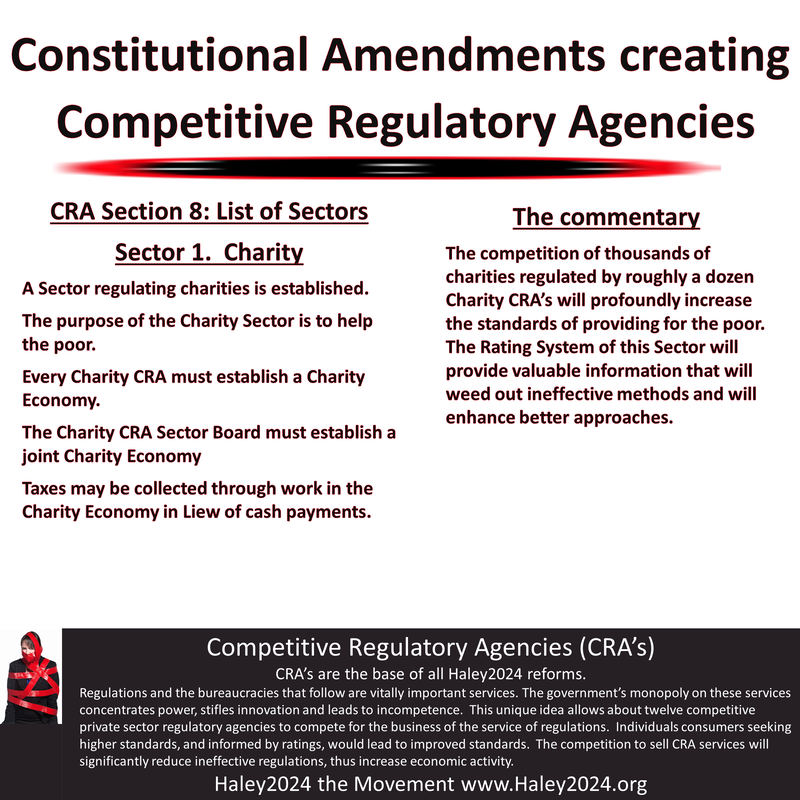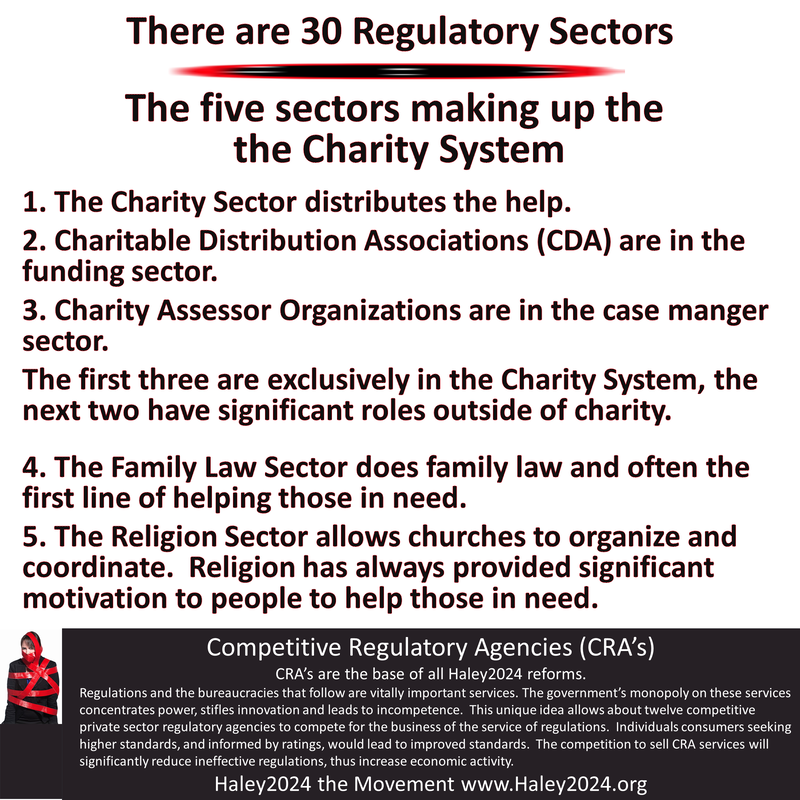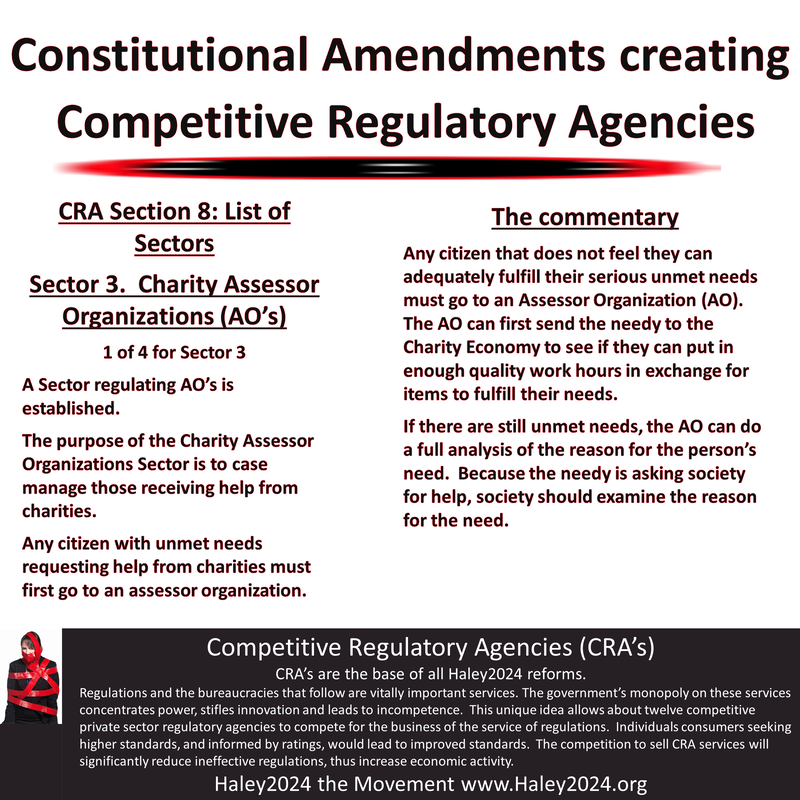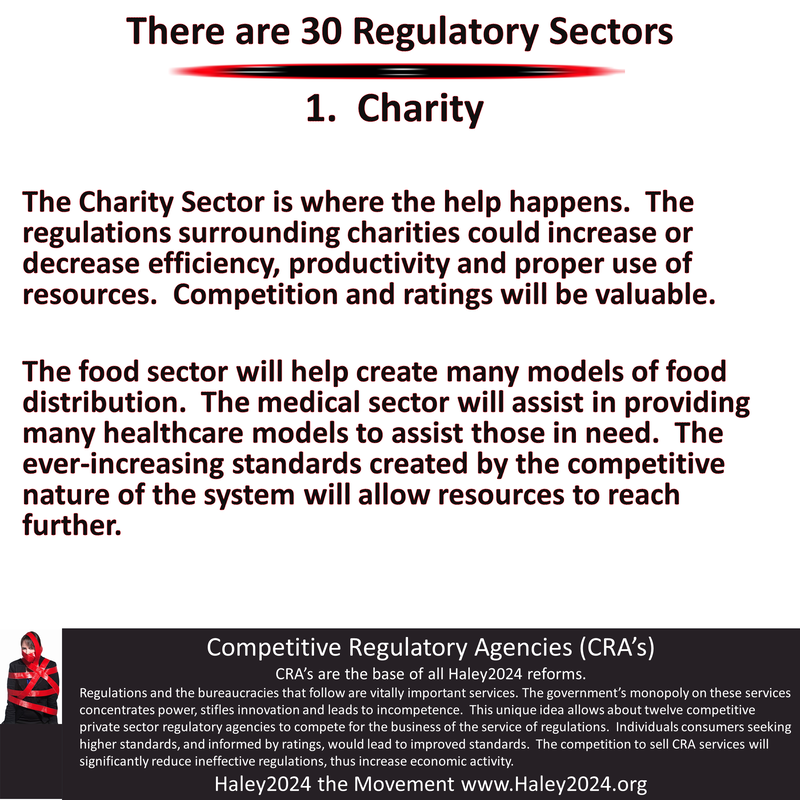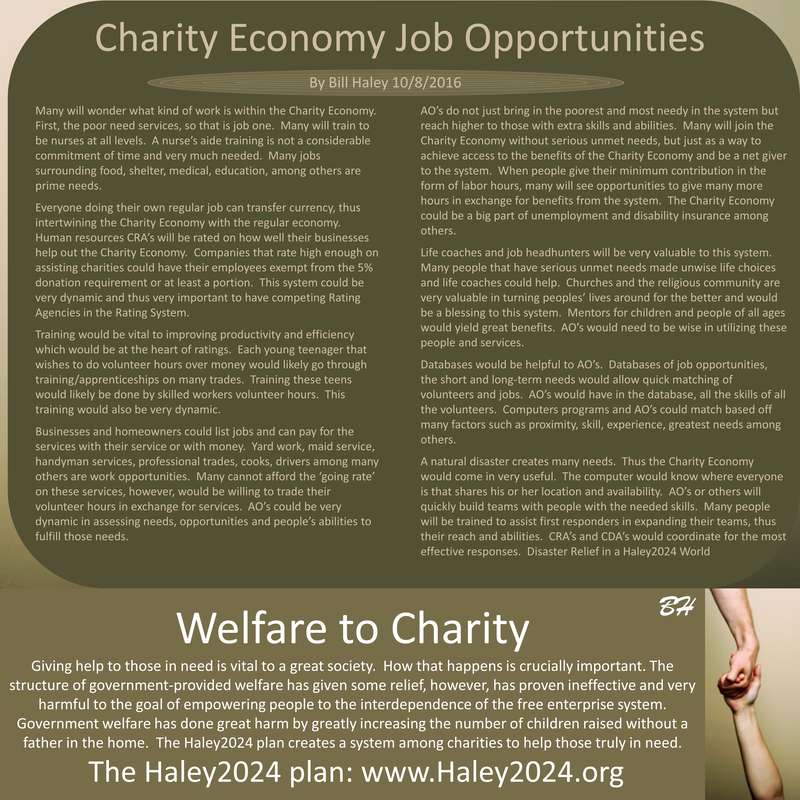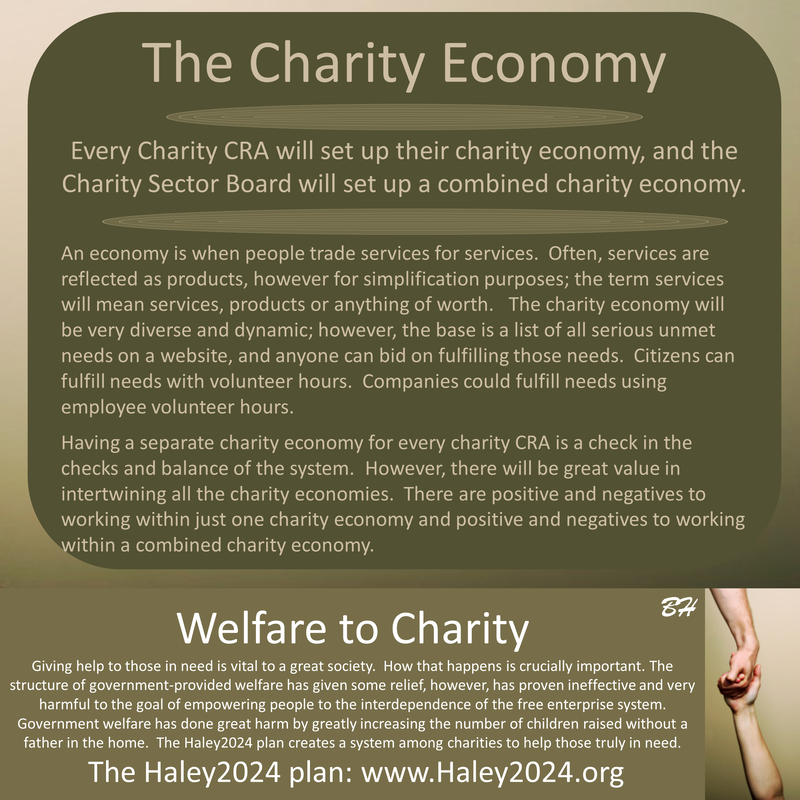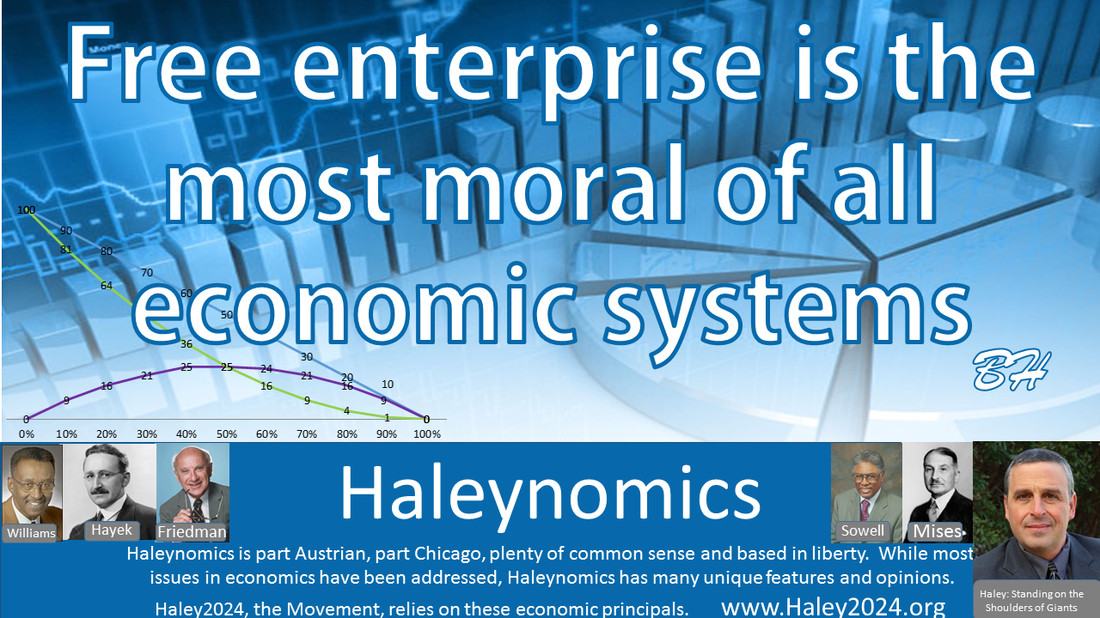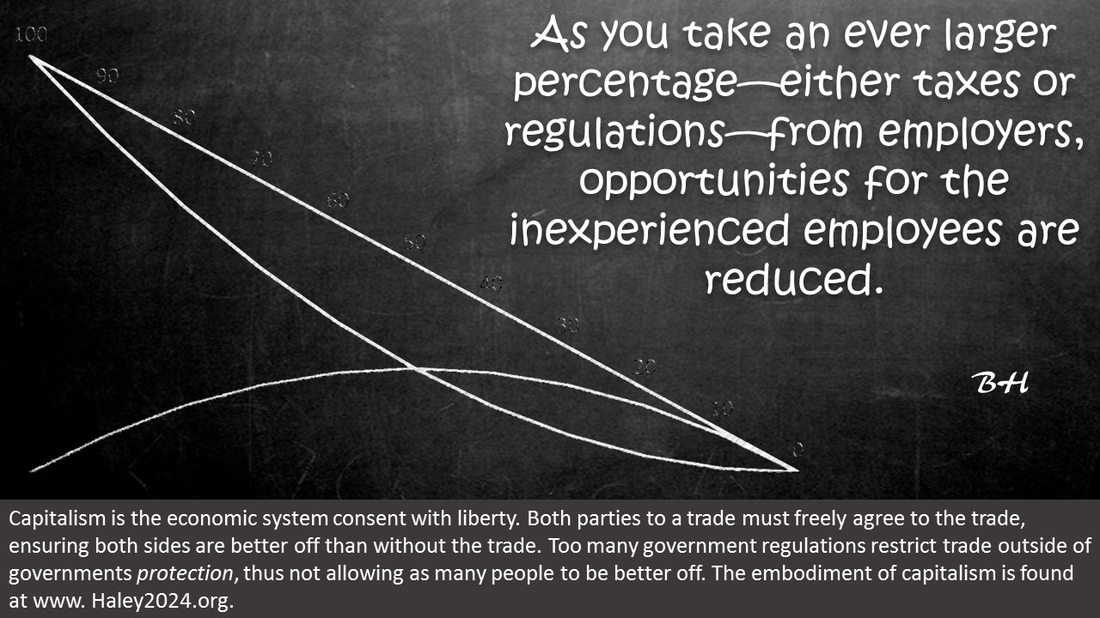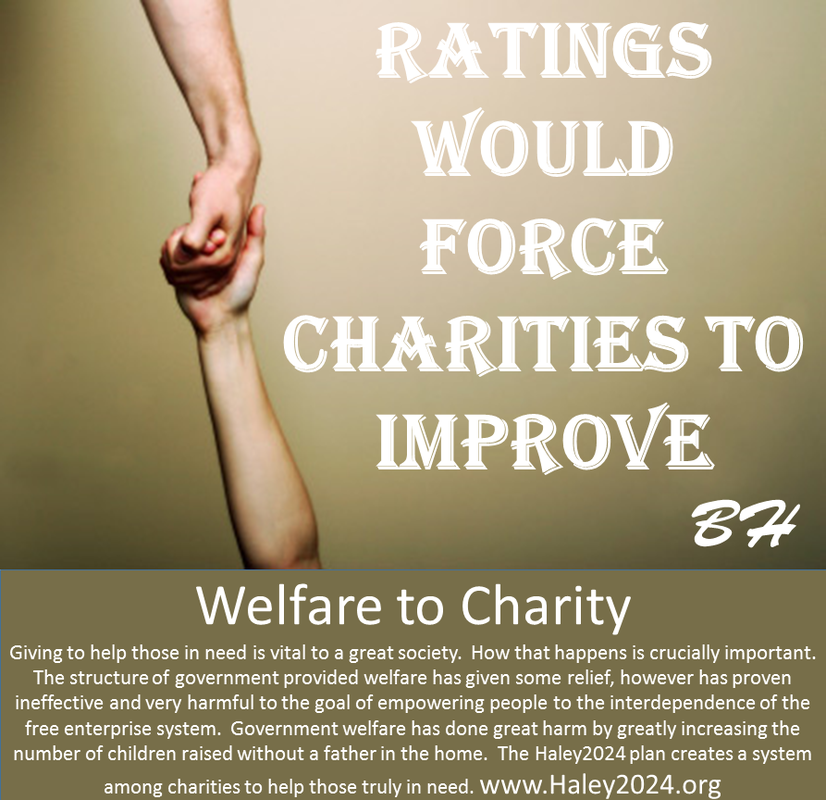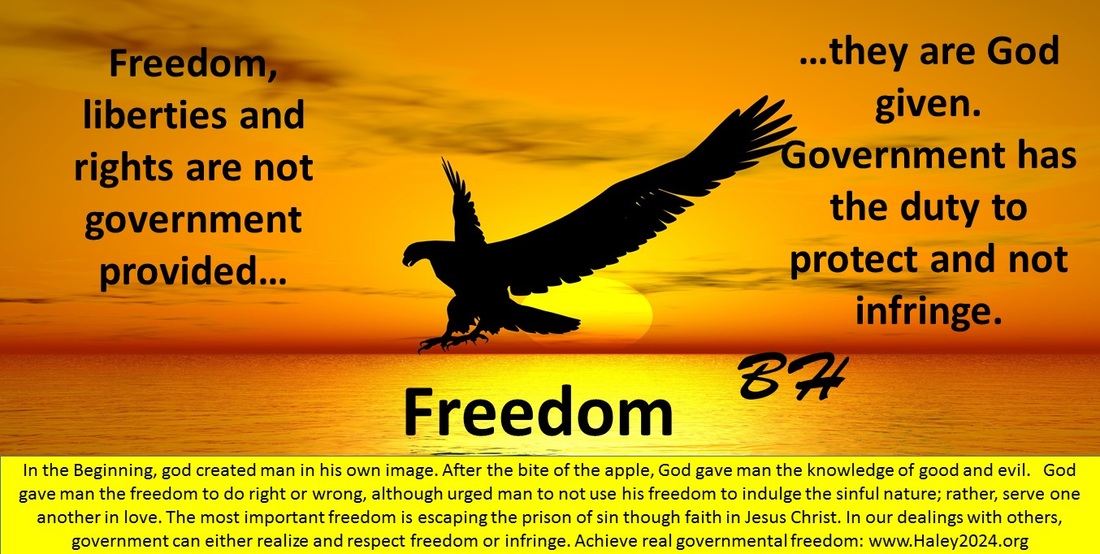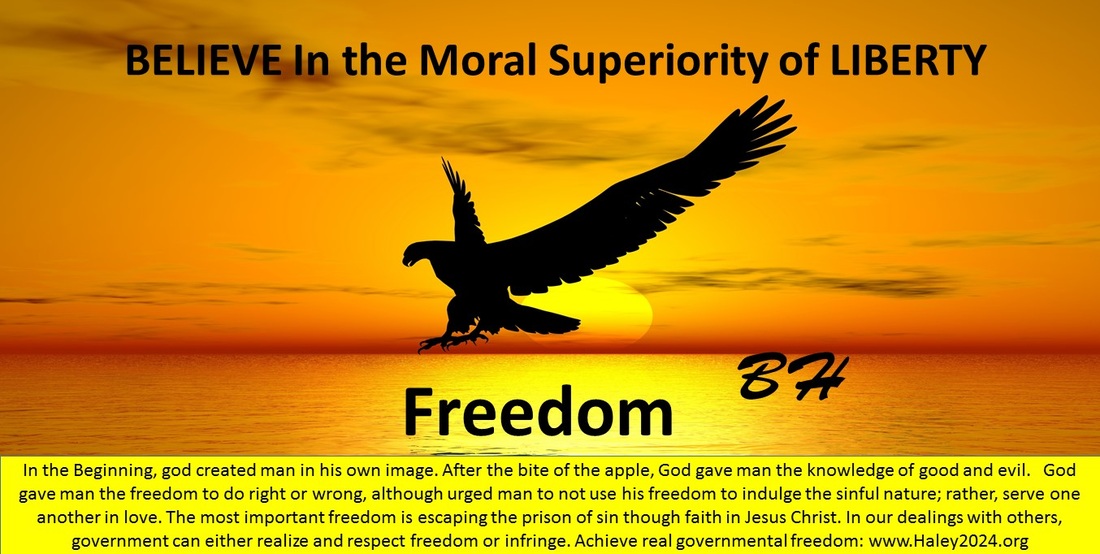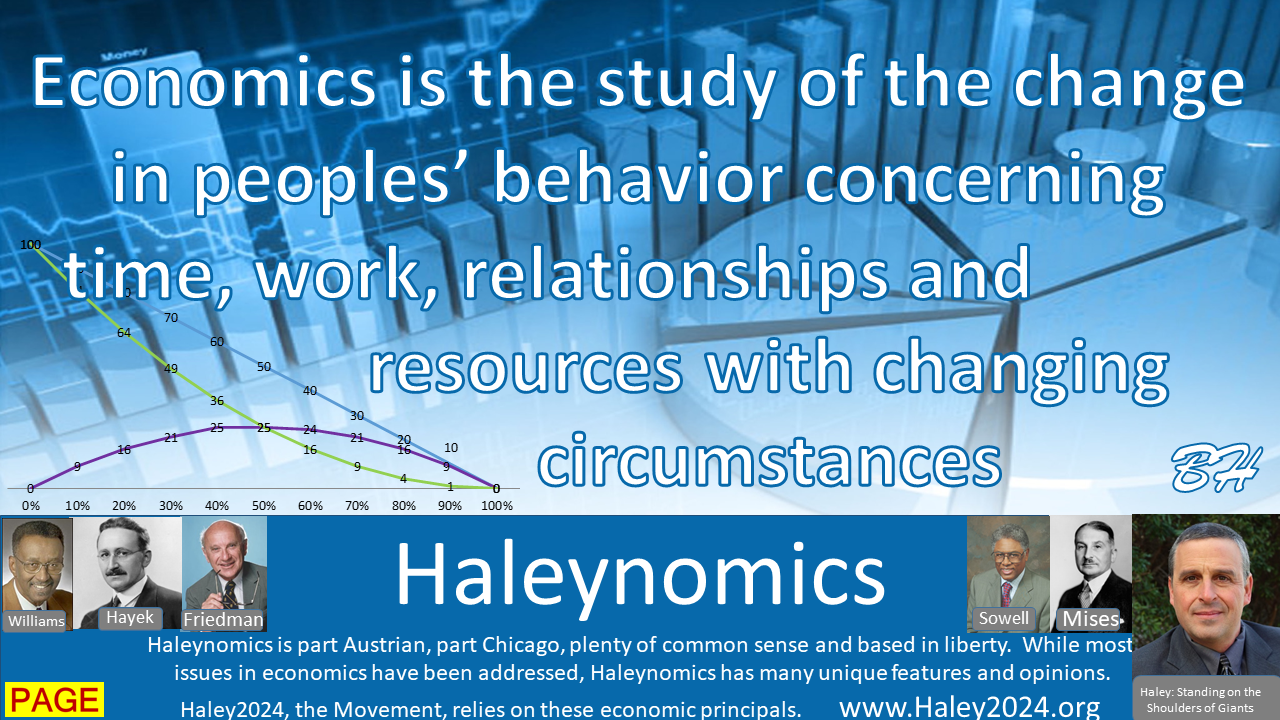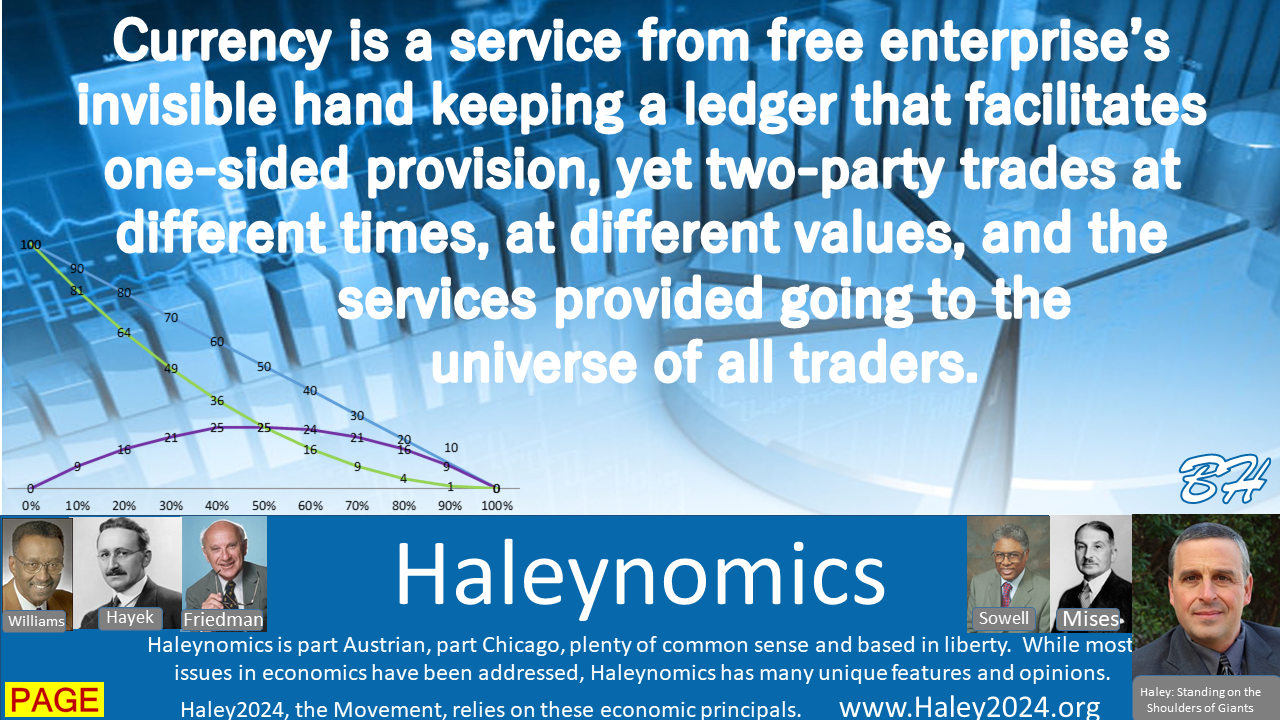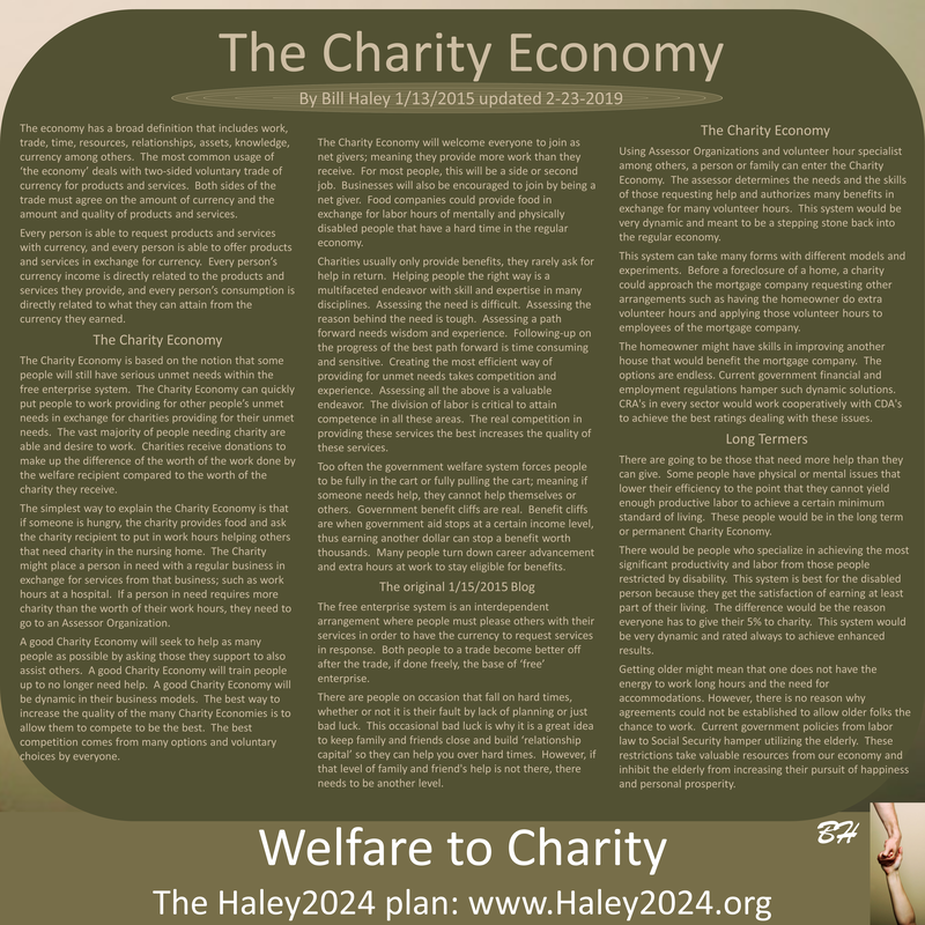By Bill Haley 1/13/2015 updated 2-23-2019 The economy has a broad definition that includes work, trade, time, resources, relationships, assets, knowledge, currency among others. The most common usage of ‘the economy’ deals with two-sided voluntary trade of currency for products and services. Both sides of the trade must agree on the amount of currency and the amount and quality of products and services. |
| Every person is able to request products and services with currency, and every person is able to offer products and services in exchange for currency. Every person’s currency income is directly related to the products and services they provide, and every person’s consumption is directly related to what they can attain from the currency they earned. |
| The Charity Economy is based on the notion that some people will still have serious unmet needs within the free enterprise system. The Charity Economy can quickly put people to work providing for other people’s unmet needs in exchange for charities providing for their unmet needs. The vast majority of people needing charity are able and desire to work. Charities receive donations to make up the difference of the worth of the work done by the welfare recipient compared to the worth of the charity they receive. |
| The simplest way to explain the Charity Economy is that if someone is hungry, the charity provides food and ask the charity recipient to put in work hours helping others that need charity in the nursing home. The Charity might place a person in need with a regular business in exchange for services from that business; such as work hours at a hospital. If a person in need requires more charity than the worth of their work hours, they need to go to an Assessor Organization. |
| A good Charity Economy will seek to help as many people as possible by asking those they support to also assist others. A good Charity Economy will train people up to no longer need help. A good Charity Economy will be dynamic in their business models. The best way to increase the quality of the many Charity Economies is to allow them to compete to be the best. The best competition comes from many options and voluntary choices by everyone. |
| The Charity Economy will welcome everyone to join as net givers; meaning they provide more work than they receive. For most people, this will be a side or second job. Businesses will also be encouraged to join by being a net giver. Food companies could provide food in exchange for labor hours of mentally and physically disabled people that have a hard time in the regular economy. |
| Charities usually only provide benefits, they rarely ask for help in return. Helping people the right way is a multifaceted endeavor with skill and expertise in many disciplines. Assessing the need is difficult. Assessing the reason behind the need is tough. Assessing a path forward needs wisdom and experience. Following-up on the progress of the best path forward is time consuming and sensitive. Creating the most efficient way of providing for unmet needs takes competition and understanding. Assessing all the above is a valuable endeavor. The division of labor is critical to attain competence in all these areas. The real competition in providing these services the best increases the quality of these services. |
The original 1/15/2015 Blog | Too often the government welfare system forces people to be fully in the cart or fully pulling the cart; meaning if someone needs help, they cannot help themselves or others. Government benefit cliffs are real. Benefit cliffs are when government aid stops at a certain income level, thus earning another dollar can stop a benefit worth thousands. Many people turn down career advancement and extra hours at work to stay eligible for benefits. |
| There are people on occasion that fall on hard times, whether or not it is their fault by lack of planning or just bad luck. This occasional bad luck is why it is a great idea to keep family and friends close and build ‘relationship capital’ so they can help you over hard times. However, if that level of family and friend's help is not there, there needs to be another level. |
| The Charity Economy Using Assessor Organizations and volunteer hour specialist among others, a person or family can enter the Charity Economy. The assessor determines the needs and the skills of those requesting help and authorizes many benefits in exchange for many volunteer hours. This system would be very dynamic and meant to be a stepping stone back into the regular economy. |
| This system can take many forms with different models and experiments. Before a foreclosure of a home, a charity could approach the mortgage company requesting other arrangements such as having the homeowner do extra volunteer hours and applying those volunteer hours to employees of the mortgage company. |
| The homeowner might have skills in improving another house that would benefit the mortgage company. The options are endless. Current government financial and employment regulations hamper such dynamic solutions. CRA's in every sector would work with CDA's to achieve the best ratings dealing with these issues. |
| | Long Termers There are going to be those that need more help than they can give. Some people have physical or mental issues that lower their efficiency to the point that they cannot yield enough productive labor to achieve a certain minimum standard of living. These people would be in the long term or permanent Charity Economy. |
| There would be people who specialize in achieving the most significant productivity and labor from those people restricted by disability. This system is best for the disabled person because they get the satisfaction of earning at least part of their living. The difference would be the reason everyone has to give their 5% to charity. This system would be very dynamic and rated to achieve enhanced results. |
| Getting older might mean that one does not have the energy to work long hours and the need for accommodations. However, there is no reason why agreements could not be established to allow older folks the chance to work. Current government policies from labor law to Social Security hamper utilizing the elderly. These restrictions take valuable resources from our economy and inhibit the elderly from increasing their pursuit of happiness and personal prosperity. |
